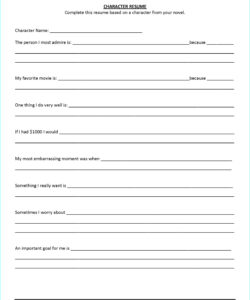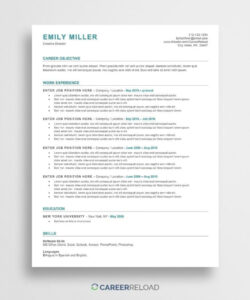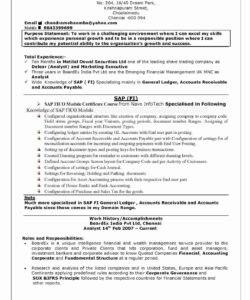Are you an aspiring actor or actress looking to land your next big role? A well-crafted theatre resume is a crucial tool in your arsenal. In this article, we’ll walk you through the steps of creating a theatre resume that will help you stand out from the crowd.
First, let’s start with the basics. A theatre resume is a document that outlines your acting experience, training, and other relevant skills. It’s typically used when auditioning for theatre productions, but can also be useful when applying for film or television roles.
Step 1: Formatting Your Resume
The first step in creating a theatre resume is to format it correctly. Your resume should be easy to read and well-organized, with clear headings and sections. Here are some tips to keep in mind:
- Use a legible font, such as Times New Roman or Arial, in a size between 10 and 12 points.
- Include your name and contact information at the top of the page.
- Use bold or italicized text to highlight important information, such as the titles of plays you’ve performed in.
- Organize your resume into sections, such as “Experience,” “Training,” and “Skills.”
Step 2: Listing Your Experience
The next step is to list your acting experience. This should include any roles you’ve played in theatre productions, as well as any film or television work you’ve done. Be sure to include the following information:
- The name of the production
- The role you played
- The name of the theatre or production company
- The director’s name
- The dates of the production
It’s also a good idea to include any reviews or press clippings you’ve received for your performances.
Step 3: Highlighting Your Training
In addition to your experience, you should also list any training you’ve received. This might include acting classes, workshops, or other types of training. Be sure to include the following information:
- The name of the institution where you received the training
- The type of training you received
- The name of the instructor
- The dates of the training
Step 4: Showcasing Your Skills
Finally, you should include a section that highlights your skills. This might include special talents, such as singing or dancing, or other relevant skills, such as stage combat or dialects. Be sure to include any relevant certifications or awards you’ve received.
FAQ
What should I include in my theatre resume?
Your theatre resume should include your name and contact information, your acting experience, your training, and your skills.
How long should my theatre resume be?
Your theatre resume should be no longer than one page.
What font should I use for my theatre resume?
You should use a legible font, such as Times New Roman or Arial, in a size between 10 and 12 points.
How do I format my theatre resume?
Your theatre resume should be well-organized, with clear headings and sections. Use bold or italicized text to highlight important information, and organize your resume into sections such as “Experience,” “Training,” and “Skills.”
How do I make my theatre resume stand out?
To make your theatre resume stand out, be sure to highlight your most impressive roles and performances. Include any reviews or press clippings you’ve received, and showcase any special talents or skills you have.
With these tips in mind, you’ll be well on your way to creating a theatre resume that will help you land your next big role!


